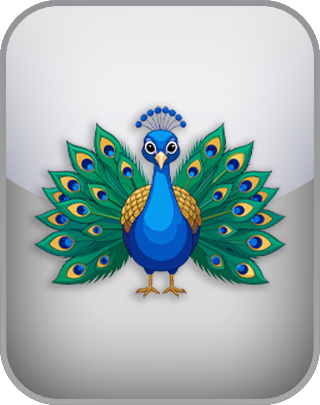Bird Personality Typology Test
The Bird Personality Test is a widely used behavioral typology in leadership training, team development, and communication coaching. Based on four bird types—Dove, Owl, Peacock, and Eagle—it offers a simple yet powerful framework for understanding personality differences. Popular in corporate, educational, and coaching settings, the test helps individuals improve self-awareness, interpersonal effectiveness, and collaboration through easy-to-relate behavioral profiles.
Question 1 of 20
I enjoy helping others feel comfortable and included.
| Disagree | Agree |
NEXT
The Bird Personality Typology is a simplified, intuitive model for understanding personality differences, frequently used in corporate training, education, leadership coaching, and team-building programs. This framework groups people into four distinct behavioral styles—Dove, Owl, Peacock, and Eagle—each representing a set of core traits, communication patterns, and motivational drivers. While not grounded in formal academic psychology, the typology draws inspiration from established models like the DISC theory and is valued for its accessibility, memorability, and practical relevance in everyday settings.
Each bird symbolizes a different personality style. The Dove represents peace, harmony, and empathy. Doves are relational, compassionate, and cooperative, often working behind the scenes to maintain unity and support others. The Owl symbolizes wisdom, precision, and thoughtful analysis. Owls are logical, detail-focused, and data-driven, preferring structure and thoroughness in all aspects of life. The Peacock captures energy, expression, and sociability. Peacocks are vibrant, outgoing, and enthusiastic, thriving in environments that allow for creativity, visibility, and connection. The Eagle, in contrast, embodies power, ambition, and leadership. Eagles are assertive, goal-focused, and confident decision-makers who excel in results-oriented roles.
What makes the Bird Personality Typology effective is its simplicity. Unlike more complex systems with multiple dimensions or obscure terminology, this model uses familiar metaphors to convey behavioral tendencies in a way that is both engaging and easy to remember. The bird analogies allow people to quickly grasp the essence of each style without needing extensive background in psychology or psychometrics. This makes the model particularly useful in large-group workshops, team offsites, and cross-functional training environments.
In organizations, this typology is often used to improve communication, conflict resolution, and leadership development. For example, understanding that a Dove may need a softer, more collaborative approach while an Eagle prefers direct and decisive action can prevent misunderstandings and build mutual respect. Teams can benefit from knowing how to balance the analytical input of an Owl with the enthusiasm of a Peacock or how to ensure that quieter Doves are not overlooked during fast-paced discussions.
Though the Bird Personality Typology is not a diagnostic or clinical tool, it functions well as a gateway to deeper conversations about interpersonal dynamics, emotional intelligence, and personal growth. It encourages reflection on one’s own behavior while fostering appreciation for the strengths others bring to a team. Many organizations supplement this model with more formal assessments but continue to use the bird framework because of its long-lasting mnemonic power.
Ultimately, the Bird Personality Typology offers a practical, relatable approach to understanding human behavior. Whether used in classrooms, boardrooms, or coaching sessions, it helps people communicate more effectively, collaborate more harmoniously, and lead with greater awareness. By recognizing the "bird" in yourself and others, you gain valuable insights that support both personal and professional success.

